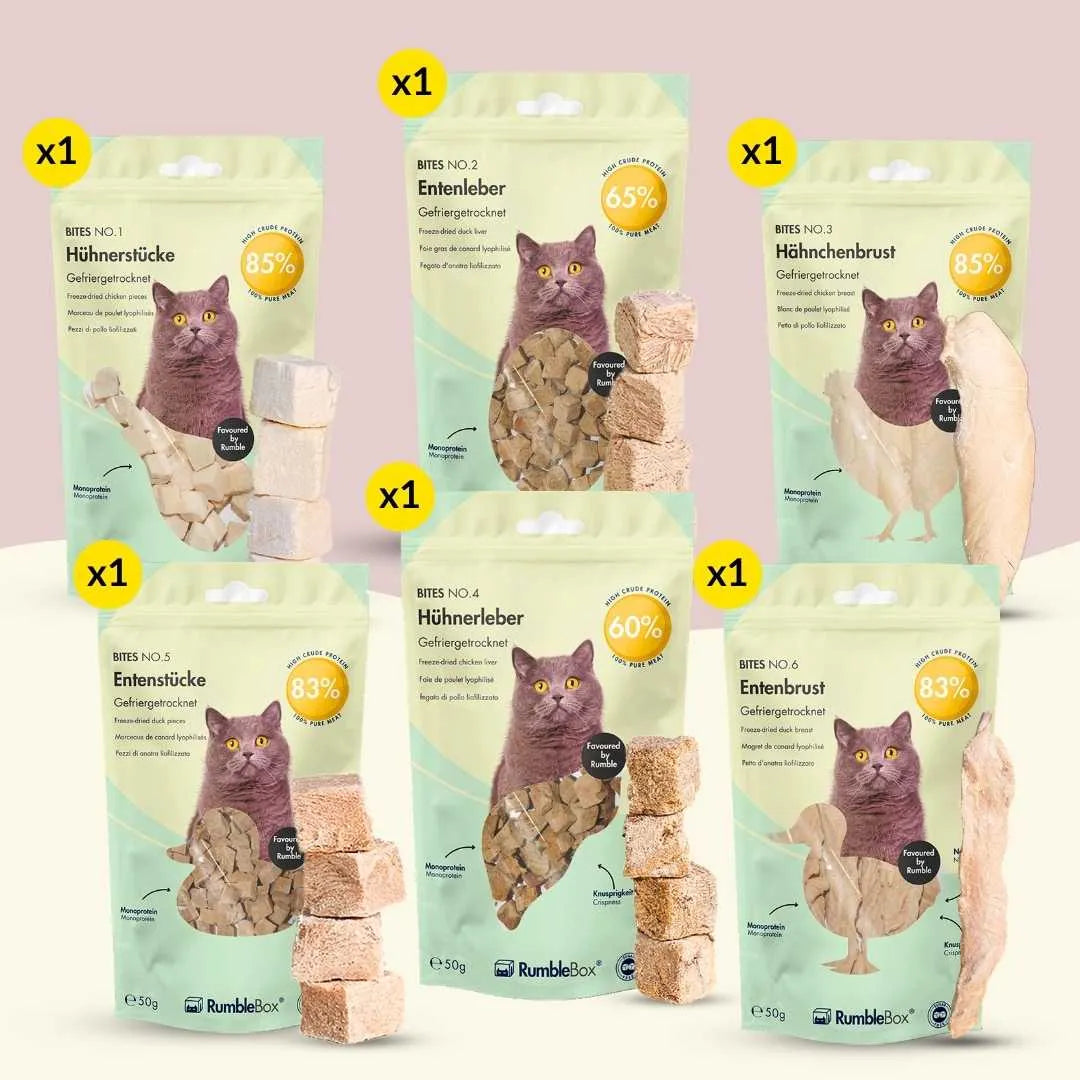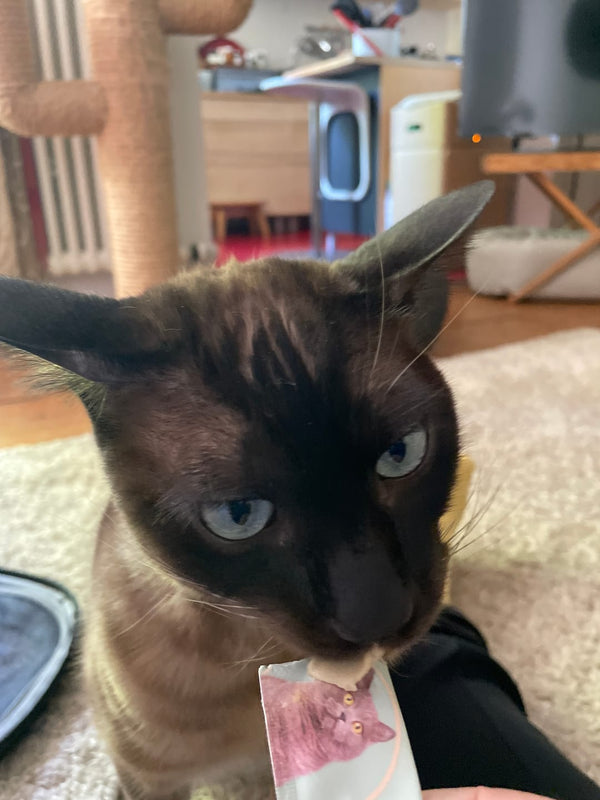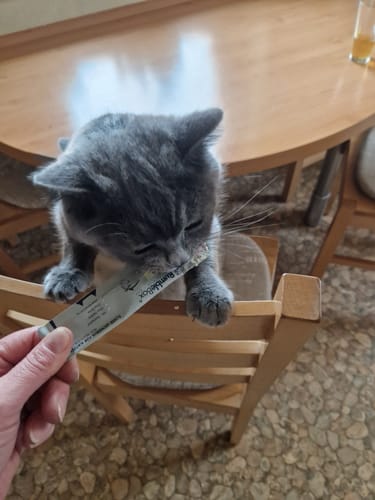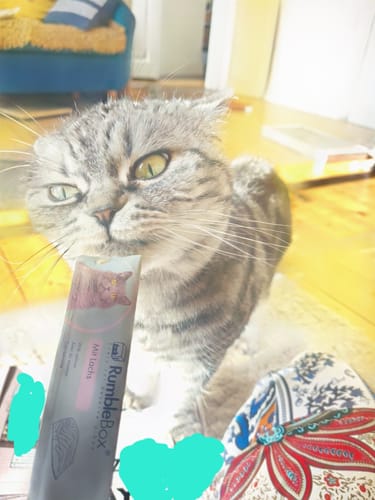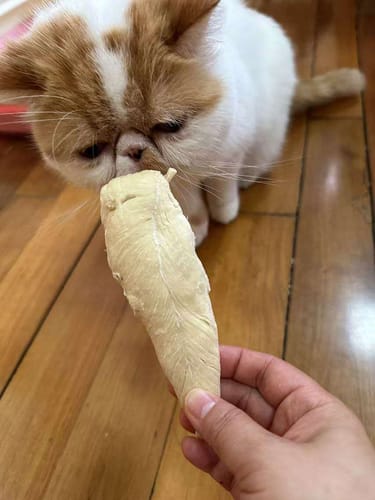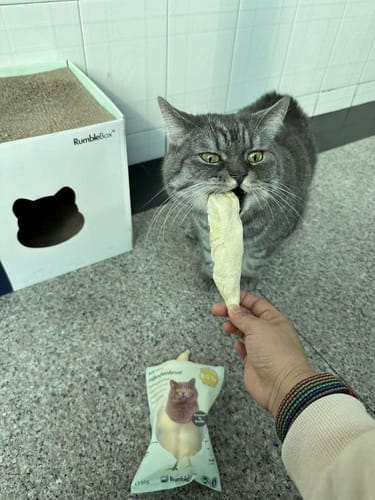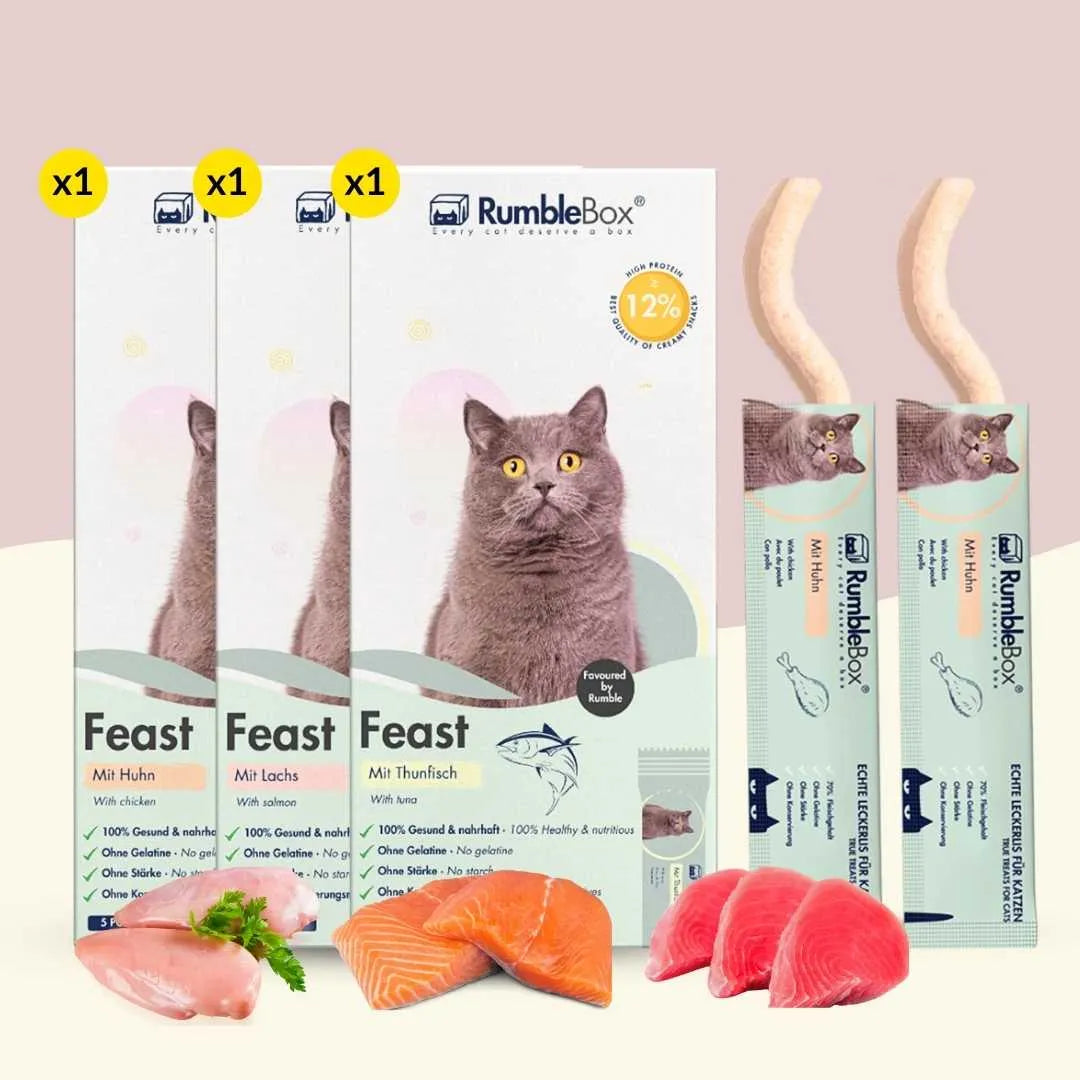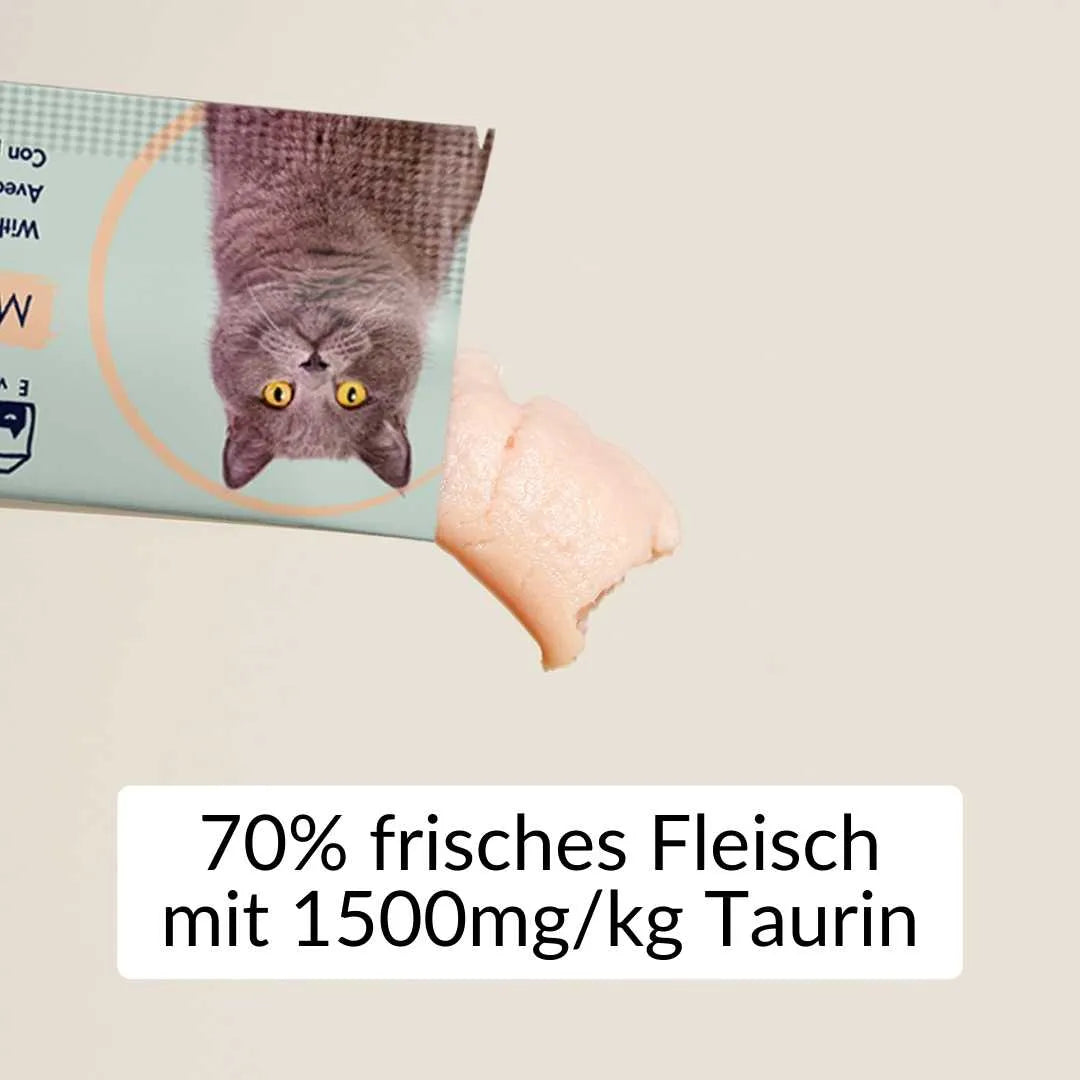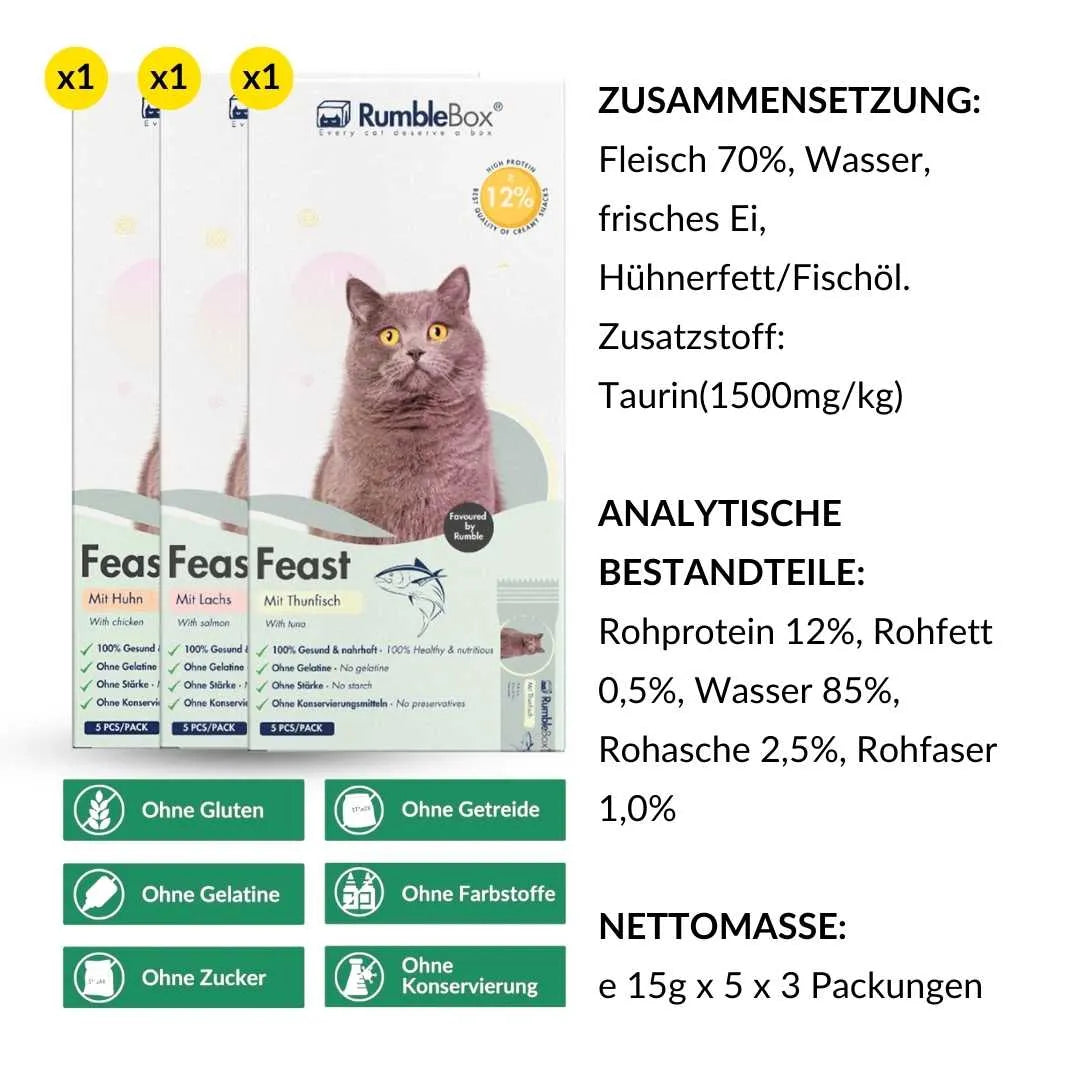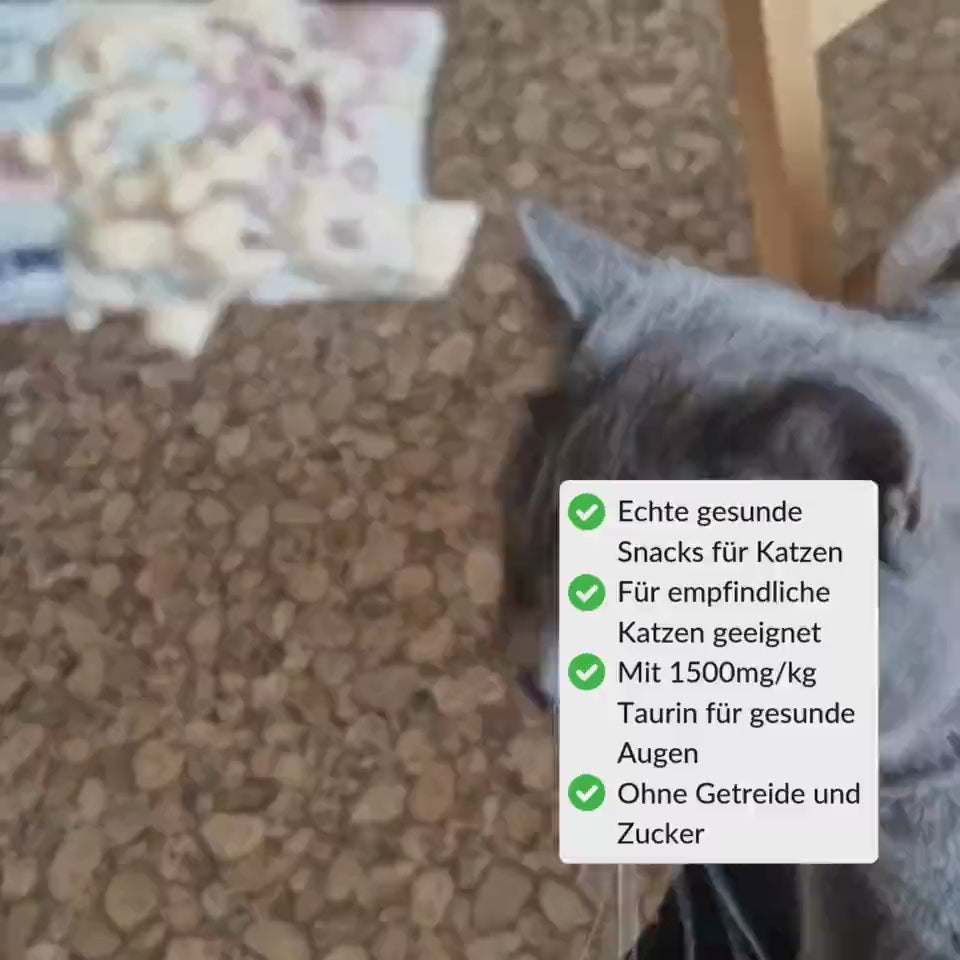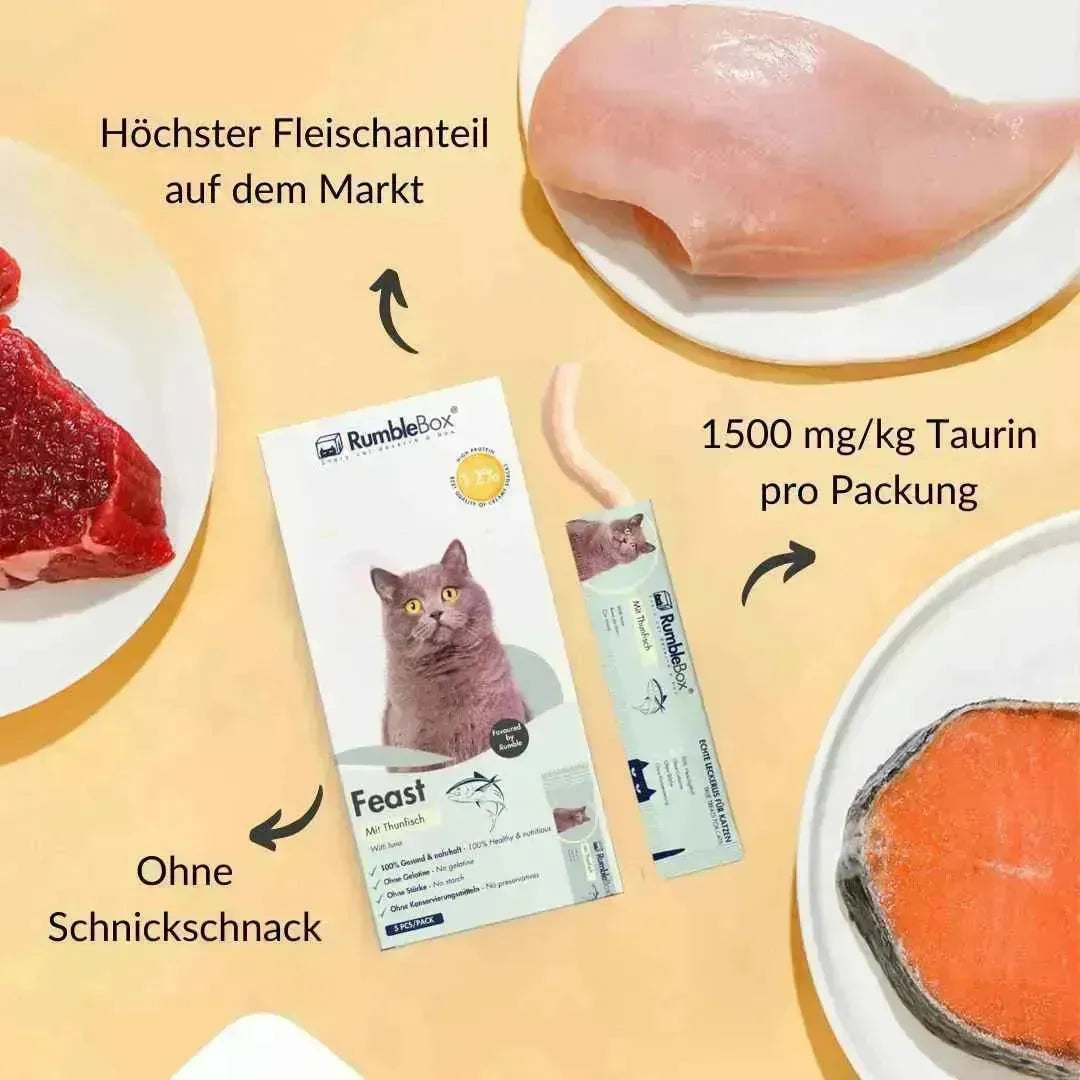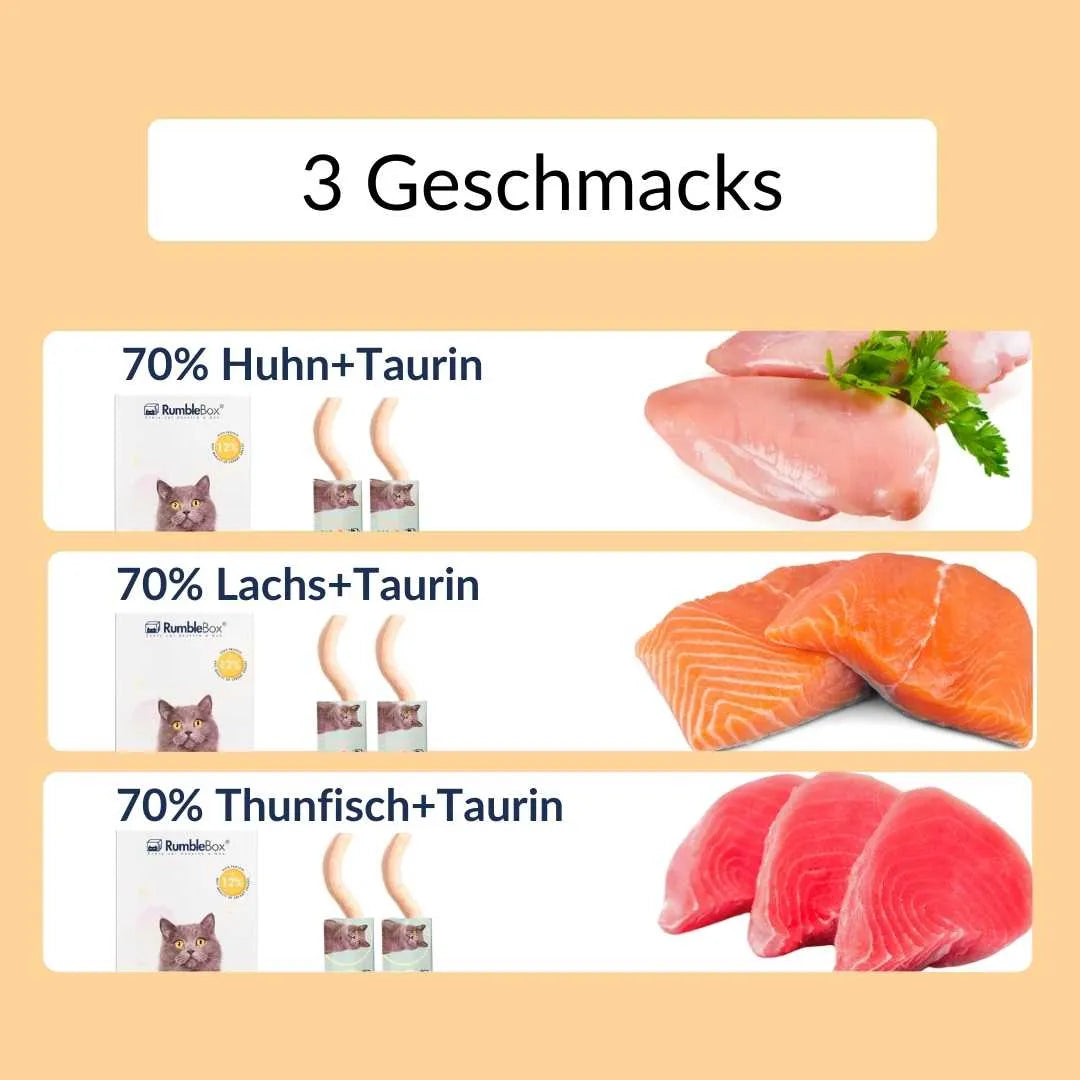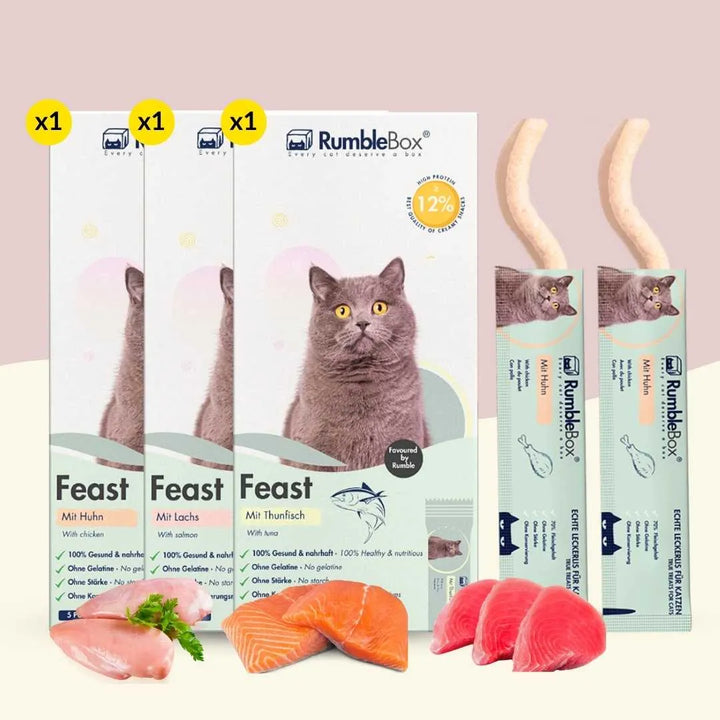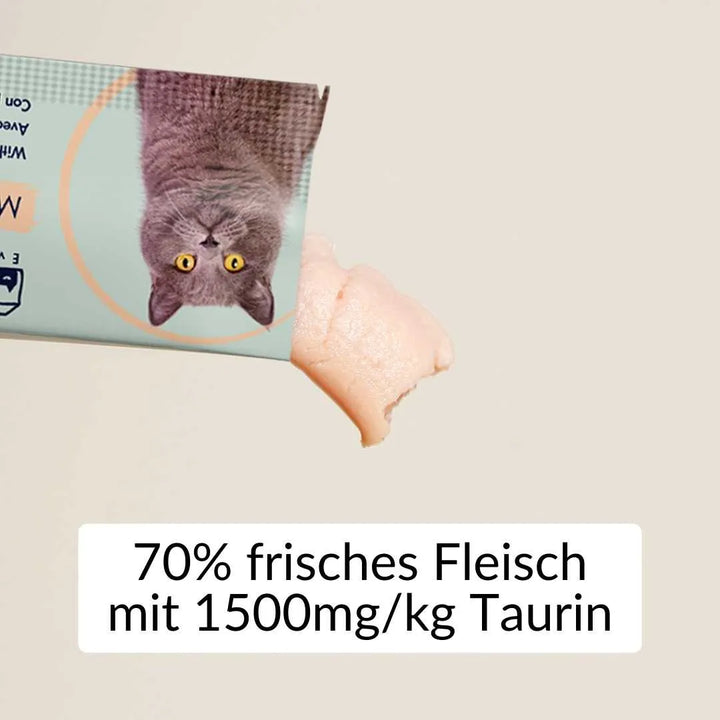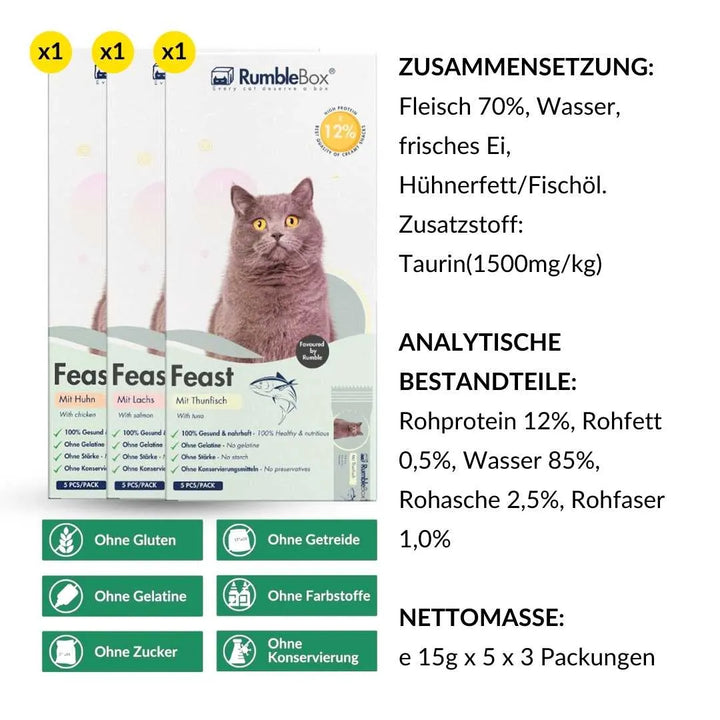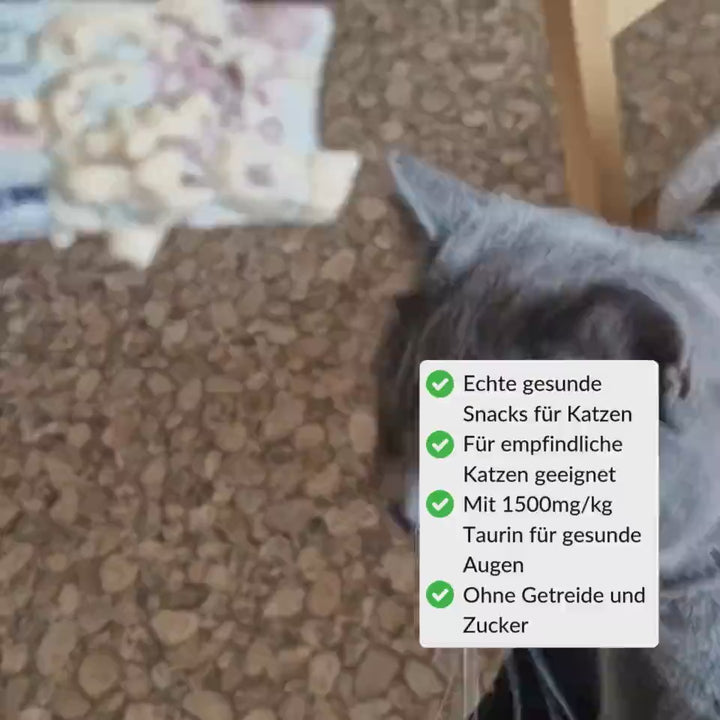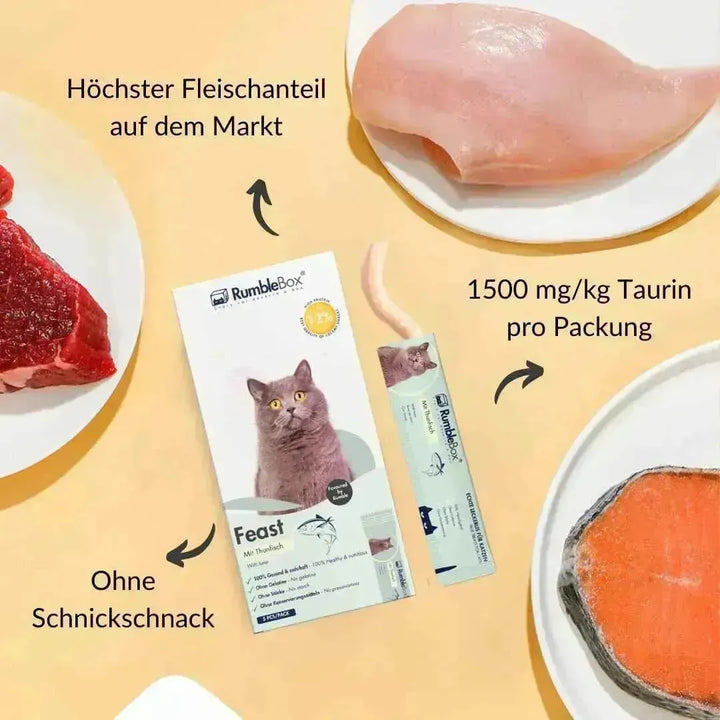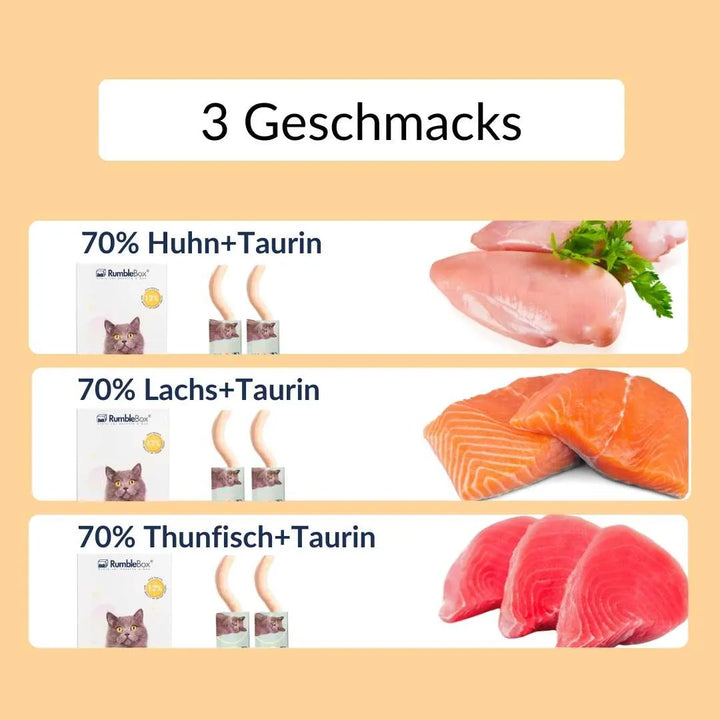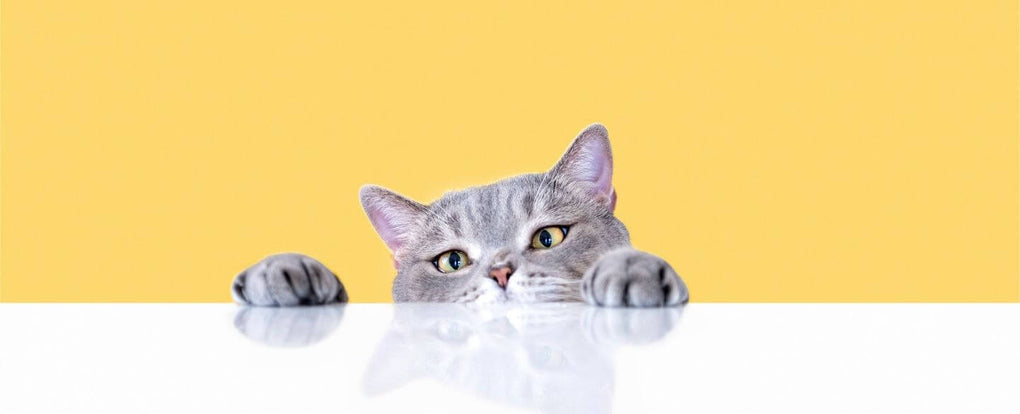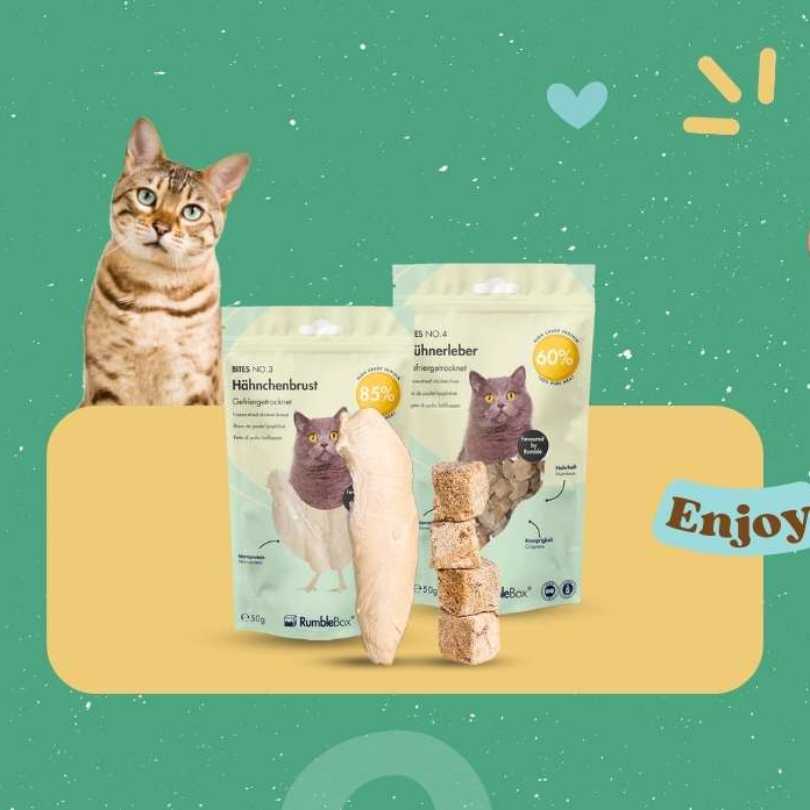Overweight cat: How to keep it fit!
Many cat owners face the same problem. In this article, you will find out whether your cat is overweight. You will learn how you can help. This way, your cat will stay healthy and active.
Why Overweight Cats Are Dangerous
An overweight cat is not only a little rounder, but also at a higher risk of health problems. Imagine what it would be like for your cat if every jump or run became torture. Here are some of the most common risks:
- Joint problems : More weight means more pressure on the joints, which often leads to pain.
- Diabetes : Yes, even overweight cats can develop diabetes if they are too fat.
- Heart disease : An overweight cat puts a strain on the heart – just like humans!
- Less joy of life : An overweight cat is often more sluggish and moves less.
Doesn't sound good, does it? But don't worry, you can do something about it!
How do I know if my cat is overweight?
You may be wondering: “Is my cat really overweight?” Here are some simple tests:
-
Feel the ribs : Can you easily feel your cat's ribs? If not, he may have put on too much fat.
-
Belly and back : Does your cat have a small sagging belly or layers of fat on the back? A clear sign of obesity.
-
Exercise : Is she less active than before? Overweight cats often play and jump less.
Another useful way to check your cat's weight is to use the Body Condition Score (BCS) chart recommended by the WSAVA (World Small Animal Veterinary Association). This scale ranges from 1 to 9, with 4-5 being considered ideal:
-
1-3 points : Underweight. The ribs are clearly visible, the waist is extremely sunken.
-
4-5 points : Ideal weight. The ribs are palpable but not visible. The waist is easily recognizable.
-
6-9 points : Overweight to obese. The ribs are difficult to feel and the waist is barely visible. There are visible fat deposits, especially on the abdomen.

Factors that can affect your cat's weight:
Race:
-
Small cat breeds (e.g. Siamese cats, Devon Rex): These cats are naturally slimmer and have a lower weight.
-
Medium-sized cat breeds (e.g. European Shorthair, British Shorthair): Cats with a medium build usually weigh between 3-5 kg.
-
Large cat breeds (e.g. Maine Coon, Norwegian Forest Cat): Large breeds are more muscular and often weigh 7 kg or more.
Age :
-
Young cats : During the first 6-12 months, cats grow rapidly and gain weight rapidly.
-
Adult cats : Weight stabilizes at about one year of age.
-
Senior cats : Older cats are often less active, which can lead to weight gain.
Castration :
- After castration, the metabolism slows down, which can lead to weight gain.
Movement :
- Indoor cats often move less than outdoor cats and are therefore more likely to be overweight.
Why is my cat getting fatter even though she eats little?
Many cat owners ask themselves this question. It often seems that the cat is eating little. Nevertheless, it is getting fatter. Here are some possible causes:
-
Neutering : After neutering, your cat's metabolism may slow down.
-
Too little exercise : Indoor cats often do not exercise enough.
-
Diseases : A cat that is getting fat may also be suffering from a disease such as hypothyroidism. Also, if it seems that it is getting fat despite eating little, this may be a sign to consult a veterinarian.
How can my cat lose weight? Tips and tricks for a cat diet program
Now that you know why obesity is a problem, you're probably wondering, "How can my cat lose weight?" Here are some tips to help your cat lose weight without giving up their beloved treats!

1. The right diet for an overweight cat
-
Low-calorie food : Switch to a food specifically designed for overweight cats. These varieties contain fewer calories but all the essential nutrients. If you want to know how many calories your cat actually needs, read this article .
-
Portion control : Check the recommendations on the food package and stick to them. Even small portions can be high in calories!
2. Bring more movement into your everyday life
-
Play with your cat : Cats love to hunt! Use cat fishing rods, laser pointers or balls to encourage them.
-
Food mazes : Make eating a game! A food maze encourages your cat to think and helps him eat more slowly.
-
New game ideas : Change the toys regularly to keep it exciting.
3. Measure progress
-
Regular weighing : Weigh your cat once a month to monitor progress.
-
Visit to the vet : If your cat is getting fatter despite eating less, there may be an illness behind it. A visit to the vet is then important.
Diet for cats: How to put your cat on a healthy diet
A diet for cats doesn't have to be complicated. The important thing is that you proceed slowly and consistently:
-
Change food gradually : Do not change the food overnight, but get your cat used to the new varieties gradually.
-
Drink more water : Make sure your cat always drinks enough water. A drinking fountain can help with this.
-
Regular exercise : At least 15-20 minutes of play time every day.
Did you know?
-
An overweight cat has a shorter life expectancy than a normal weight cat. Any small weight loss can improve your cat's quality of life
-
Indoor cats can also stay fit – through regular exercise and the right diet.
Obesity in cats doesn't have to be a permanent condition. With the right combination of a healthy diet, regular exercise and a few clever tricks, you can help your cat live a long and happy life. Remember: every little change counts!
Thank you for reading this far – it really means a lot to us! We hope you found something useful and maybe your cat is already looking forward to a little something extra. See you soon and lots of purrs!
By the way
Many cat owners pay close attention to the ingredients in their cat's main food , but often forget about treats .
Snacks often contain sugar, grains and artificial additives that can be harmful to health in the long run.
Anyone who truly wants to feed their cat a completely healthy diet should also rely on natural ingredients here:
Hypoallergenic treats without additives – naturally from RumbleBox. Perfect as a reward, during training, or simply as a snack.
Over 2,500 cats have already switched to healthy snacks!
💚


